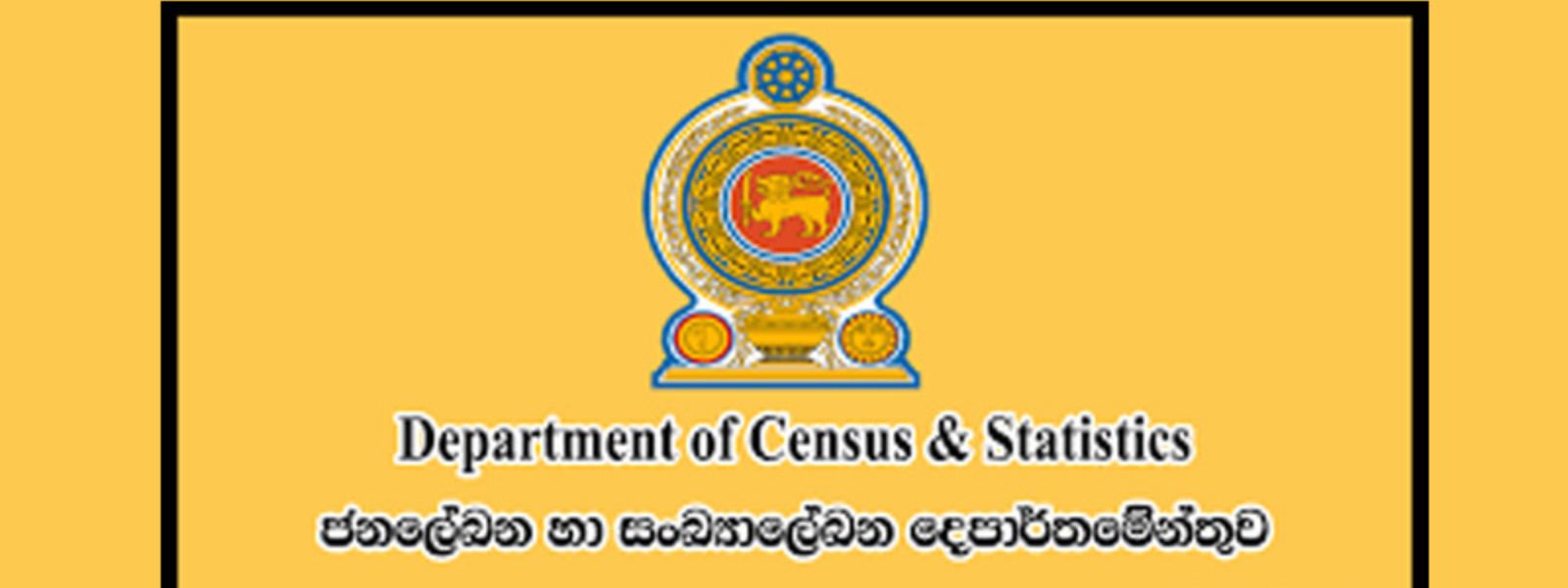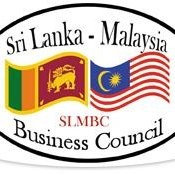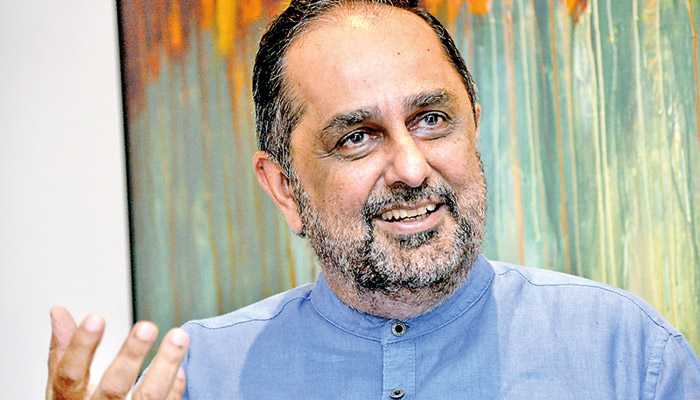The concept of Responsibility to Protect has triggered resistance in many countries of the Global South precisely because of its potential misapplication to situations such as the Sri Lankan one.
Lakshman Kadirgamar, the former Sri Lankan Foreign Minister, was one of the most incisive legal minds of his generation. A former president of the Oxford Union, he made significant contributions to the ILO and the World Intellectual Property Organisation, among other entities. Whoever met him, as I did, could not help but be impressed with his knowledge of international affairs, his passion for peace in his homeland, and his razor-sharp intellect.
An ethnic Tamil, he was proud to serve as Foreign Minister in the Cabinet of President Chandrika Bandaranaike Kumaratunga, a Sinhala, though he knew in so doing he put his life on the line. And, like so many others of the best and brightest Sri Lankan Tamils of our time, he paid for it dearly. He was gunned down one evening in August 2005 in his own home in Colombo, by a sniper using an infra-red-telescope-equipped rifle. As customary, the Liberation Tigers of Tamil Eelam (LTTE), one of the deadliest and bloodiest terrorist organisations ever seen, never acknowledged authorship, though it is widely accepted no one else could have pulled off such a complex, high-tech task.
As terrorist attacks spread from Baghdad to Bombay to Baluchistan, and the Afghan war spills into Pakistan, one would think that the end of the 25-year-old war in Sri Lanka in May 2009 would be widely greeted. In the South Asian cauldron, where for too long India has been the only anchor of stability, one war less to contend with is a great relief.
Moreover, the LTTE, banned in 32 countries, was among the worst terrorist outfits. Combining moral turpitude with high-tech savvy, it invented the suicide bomber-vest, pioneered the deployment of female suicide bombers, excelled in the recruitment of child-soldiers, killed one President at home and a former Prime Minister abroad, and developed the extortion of the Tamil communities abroad to a high art, accumulating, according to some estimates, a $ 300 million to $ 400 million war chest. Uniquely, it set up both a Navy and an Air Force, and a specialised suicide bomber unit, the so-called Black Tigers, whose career high point was the “last meal” (vegetarian) they had with LTTE supremo Velupillai Prabakaran before departing for their final mission .
The LTTE’s end should thus be welcomed. Yet, inexplicably, instead of being praised, President Mahinda Rajapaksa has been criticised in many western quarters, particularly in Scandinavia and in western Europe. Even before the war was over, the Sri Lankan government was under pressure to allow a ceasefire — presumably to allow the LTTE high command to escape unharmed from its last bastion, on a small sliver of land behind a lagoon in Sri Lanka’s Northern tip, Wanni region.
As usual, the LTTE used human lives as a shield, and surrounded its high command with some 275,000 civilians. The LTTE heavy artillery was set up in the midst of this civilian population. It was to protect those innocent civilian lives that the Sri Lankan government would suspend for a few days the ongoing military operations, first on January 29 and 30 and then on April 13 and 14. Yet, it found that, on doing so, the flow of civilians out of the LTTE-controlled area would diminish from the 1000 or so a day who would escape regularly, as the Tigers, freed from the need to return fire, were able to turn their guns on these innocent hostages.
Even so, and responding to the concern of the United Nations, represented in situ by the U.N. Secretary-General’s chef de cabinet, Vijay Nambiar, as late as early April, the Sri Lankan government was prepared to compromise. A preliminary understanding was reached: the U.N. team would be allowed to go into the LTTE-controlled area, under the auspices of the World Food Programme, to negotiate an end to the conflict, offering full amnesty for the rank and file of the Tigers, and due process of law for their leaders.
This was overtaken by events. On April 20, the Sri Lankan Army broke the security perimeter of the LTTE area, and in 72 hours 105,000 civilians managed to escape, even under Tiger fire. From there on, things moved fast. On May 18, it was over.
The argument has been made that the international community, invoking the concept of the Responsibility to Protect (R2P), should have intervened to stop the fighting earlier, since “the Sri Lankan government is as responsible as the LTTE for civilian deaths.” Others, like my good friend and former Norwegian official, Vidar Helgesen, have argued that the outcome of the Sri Lankan conflict shows “conflict resolution the Post-American Way,” one in which the brute use of force would replace “emerging international norms and architecture for human security, the responsibility to protect, peace mediation, peace-building, etc.,” making them “obsolete before they even got started.”
The resolution of the Sri Lankan conflict would thus fall into the same category as tragedies such as the Rwandan genocide, the Srebrenica massacre, and the “killing fields of Cambodia.” The first task now, therefore, would be an international investigation into what happened, and how to allocate responsibility for eventual war crimes or crimes against humanity between the Sri Lankan government and the LTTE.
This does little favour both to Sri Lanka and to the very valuable Canadian–initiated concept of R2P, one of the most exciting and innovative notions in IR and international law today. R2P has triggered resistance in many countries of the Global South precisely because of its potential misapplication to situations such as the Sri Lankan one.
In Sri Lanka, what obtained was a straightforward civil war, initiated by a separatist, terrorist organisation, which cost up to 70,000 lives during the quarter century it lasted. During its duration, Sri Lanka remained a full-fledged democracy: five general elections were held, and the government changed hands three times, though the LTTE killed one President, at least one Foreign Minister, and the Army Chief barely escaped from another suicide bomber.
Though the war took its toll, press freedom suffered, and human rights violations were committed on both sides, the most remarkable thing is how well Sri Lanka’s democratic institutions withstood the terrorist onslaught. Parliament had to be moved from its prime location in downtown Colombo, overlooking the sea, to the suburbs — to a building that, like a medieval fortress, is surrounded by water to protect the country’s elected representatives from suicide bombers — this in a country with such a peaceful tradition that it did not even have an independence movement: Britain granted it independence in 1948 almost as an afterthought, after India’s the year before.
During these 25 years, Sri Lanka called on the international community for help through a variety of peace-mediation efforts, both from India and the Scandinavian nations. All of them were taken advantage of by the LTTE to continue to pursue its objectives of a separate, independent Tamil Eelam through its policy of indiscriminate killing of all those it considered stood in its way, be they Sinhala or Tamil, and thus came to naught. Time and again, as early as 1987, the LTTE rejected the many offers just short of independence that were made. Not surprisingly, after some two decades of this, President Rajapaksa realised that only a military solution could bring peace to Sri Lanka.
One of the great successes of the LTTE was its manipulation of western public opinion. It masterfully played on the identity politics prevalent in advanced democracies, and stayed away from targeting non-Sri Lankans (except, of course, closer to home, Rajiv Gandhi, which was its undoing). Prabakaran died with a side arm in one hand and a satellite phone in the other, gambling to the last minute that the international community would rescue him and his acolytes.
While 64 years after the end of the Second World War the Allies continue to celebrate with great fanfare the end of a war that lasted six years, Europeans now have the nerve to accuse the Sri Lankan government of engaging in “triumphalism” — this a bare month after ending a war that lasted 25 years and inflicted great suffering on Sri Lanka.
The main task for the international community today is to help Sri Lanka in its reconstruction effort in the North and the East, and in addressing the very legitimate grievances of the minority Tamil community. The last thing South Asia needs is a finger-pointing exercise aimed at questioning the Sri Lankan state’s legitimate right of self-defence and of using military force to respond to a separatist uprising to protect its territorial integrity. To confuse this with a genocidal exercise like that of Rwanda would have made the international lawyer in Lakshman Kadirgamar cringe.
The end of the Sri Lankan conflict should be seen for what it is: a victory of one of Asia’s oldest and most established democracies over one of the great scourges of our time: terrorism.
(Jorge Heine holds the Chair in Global Governance at the Balsillie School of International Affairs and is a Distinguished Fellow at the Centre for International Governance Innovation (CIGI) in Waterloo, Ontario. He served as Chile’s Ambassador to Sri Lanka from 2004 to 2007.)
Post Disclaimer | Support Us
Support Us
The sailanmuslim.com web site entirely supported by individual donors and well wishers. If you regularly visit this site and wish to show your appreciation, or if you wish to see further development of sailanmuslim.com, please donate us
IMPORTANT : All content hosted on sailanmuslim.com is solely for non-commercial purposes and with the permission of original copyright holders. Any other use of the hosted content, such as for financial gain, requires express approval from the copyright owners.
 Sri lanka Muslims Web Portal Sri Lanka Muslims News Center
Sri lanka Muslims Web Portal Sri Lanka Muslims News Center



